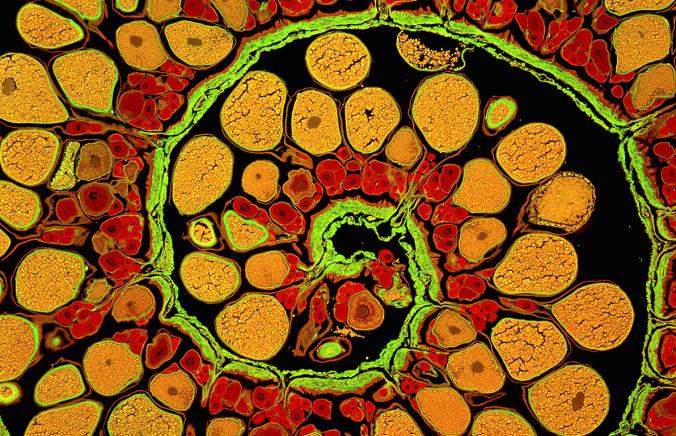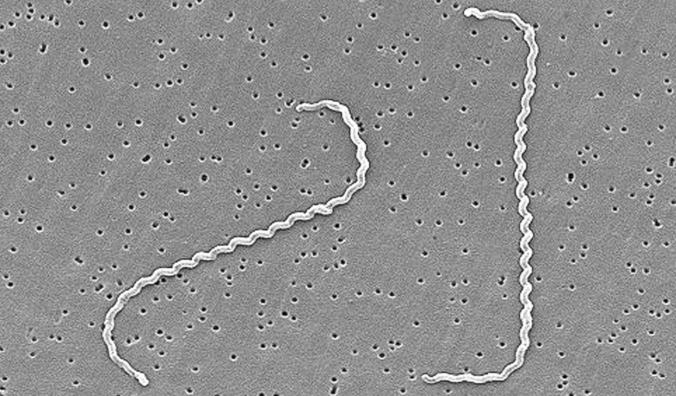
If you travel through Dulles Airport in the near future, you may see some lovely scientific images on the walls. It’s an exhibit called “Life: Magnified,” organized by the National Institute of General Medical Sciences, the American Society for Cell Biology and the Metropolitan Washington Airports Authority’s Arts Program. If you aren’t passing through Dulles, you can see the images on the web.
Here are a few of my favorites. You can see high-resolution versions on the web site, plus many others.

